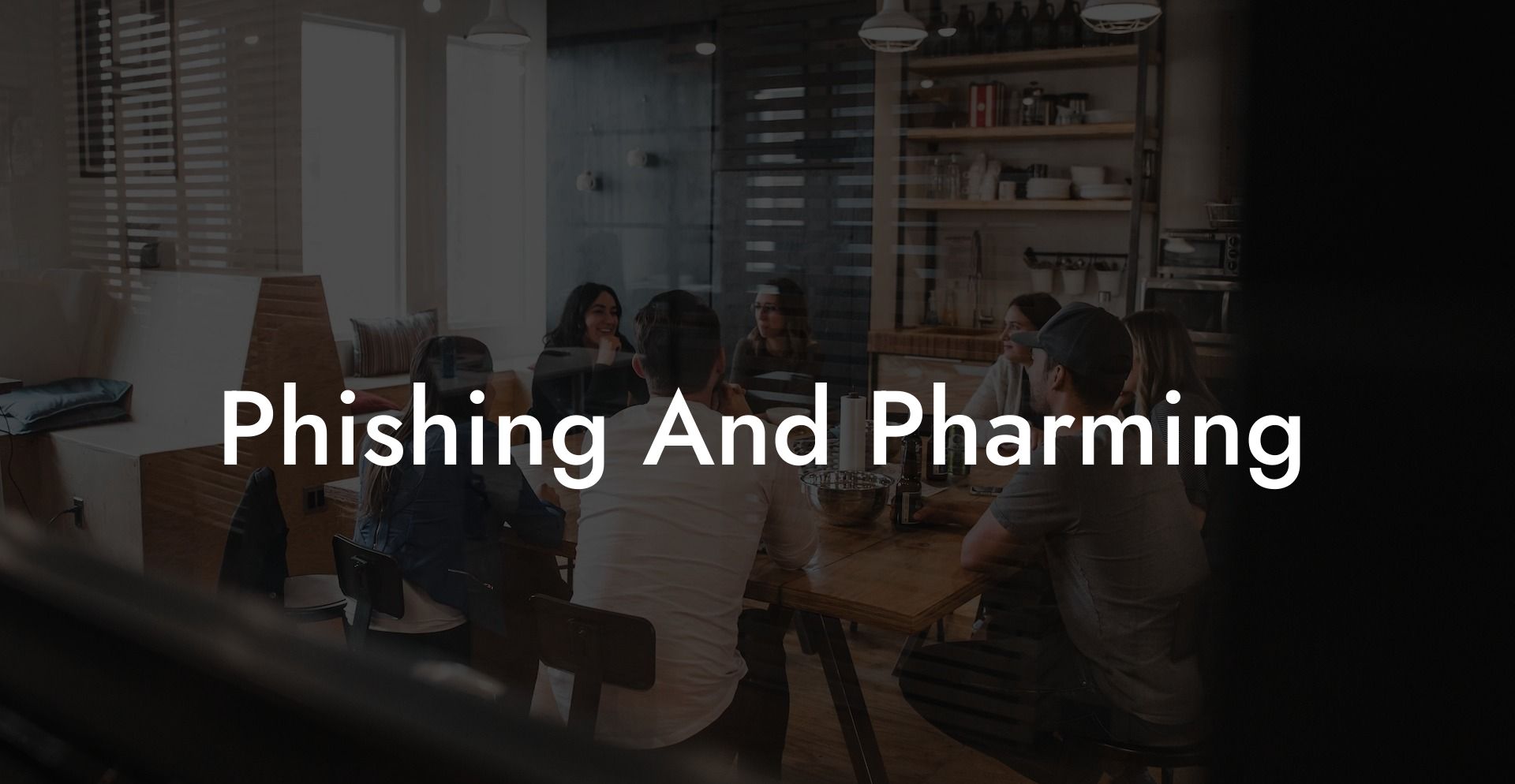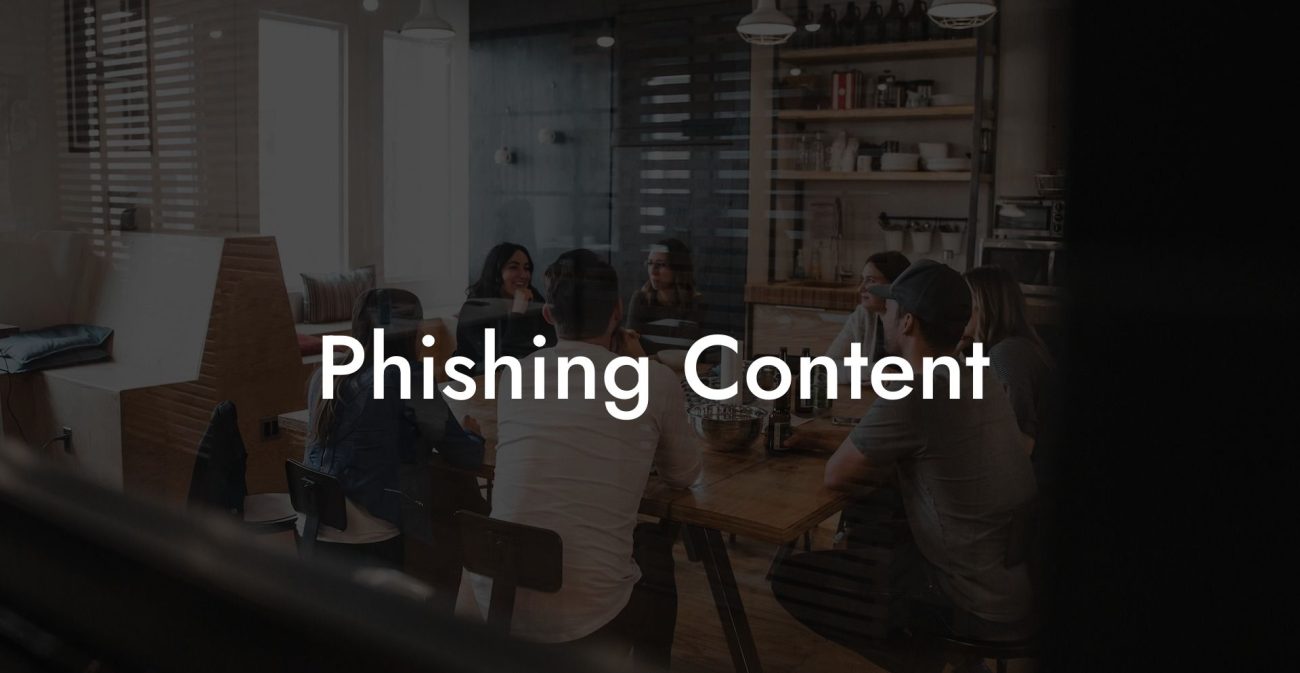Picture this: You receive an email from your bank, warning you that your account has been compromised. Upon clicking the link and entering your login details, your personal and financial information suddenly becomes vulnerable to a cybercriminal. This is just one example of the increasingly prevalent threats known as phishing and pharming. These cyberattacks are designed to deceive users, compromise sensitive information, and cause an alarming level of damage. In this comprehensive guide, we will discuss the ins and outs of phishing and pharming, exploring their similarities, differences, real-life scenarios, and how to protect yourself from falling victim to these cybercrimes.
Phishing And Pharming Table of Contents
1. Understanding Phishing
Phishing is a form of cybercrime wherein an attacker poses as a legitimate institution (e.g., a bank, government agency, or well-known brand) and uses deception to obtain sensitive information – such as login credentials, credit card details, and Social Security numbers – from unsuspecting targets.
Protect Your Data Today With a Secure Password Manager. Our Top Password Managers:
The primary tool used in phishing is email, but cybercriminals can also use instant messaging, social media, and even phone calls to execute their scams. Typically, a phishing attack will involve a message that appears to be from a trusted source, containing a link or attachment meant to direct recipients to a fraudulent website. Once the recipient enters their sensitive information on this fake site, the attacker can then harvest it for nefarious purposes.
2. Unveiling Pharming
Pharming is another form of cybercrime that targets users' login credentials, credit card details, and other sensitive data. However, instead of relying on deception and persuasion like phishing, pharming directly manipulates the user's internet connection.
In a pharming attack, cybercriminals exploit a vulnerability in the Domain Name System (DNS), which functions as the internet's phonebook, converting human-readable domain names into corresponding IP addresses. By hijacking the DNS process, attackers can redirect users to a fraudulent website, even if they type in the correct domain name. Once on this fake site, users' information is at risk – just as it is with phishing.
3. Phishing And Pharming Examples
A classic example of phishing is the notorious "Nigerian Prince" scam, wherein an email supposedly sent by a wealthy African royal requests the recipient's assistance in transferring a significant sum of money. Of course, this "assistance" involves sharing personal and financial information or sending money to "cover costs." In reality, there is no African prince, and the scammers walk away with the victims' money and information.
A real-world example of pharming occurred in 2014 when cybercriminals targeted a Brazilian bank's customers by hijacking the bank's official domain. The attackers then sent customers to an identical, fraudulent version of the bank's website, which captured sensitive data and allowed the criminals to access customers' funds.
4. Protecting Yourself
To safeguard yourself from phishing and pharming, consider the following:
- Always verify the sender's email address, and hover over any links to check where they lead before clicking.
- Be cautious about providing your personal information. If in doubt, contact the institution directly through their official channels.
- Keep an eye out for spelling and grammatical errors in messages.
- Use a robust antivirus and internet security software that includes protection against phishing and pharming.
- Regularly update your operating system, browser, and security software to ensure the latest safeguards are in place.
Understanding and recognizing the threats of phishing and pharming are crucial in today's digital landscape. By staying informed and vigilant, you can significantly reduce the risk of becoming a victim. To further expand your knowledge and enhance your online safety, feel free to explore our other guides on voice phishing and similar cyber threats. Don't forget to share this post with your friends and family to raise awareness and help protect everyone from these dangerous cyberattacks.
Protect Your Data Today With a Secure Password Manager. Our Top Password Managers:















